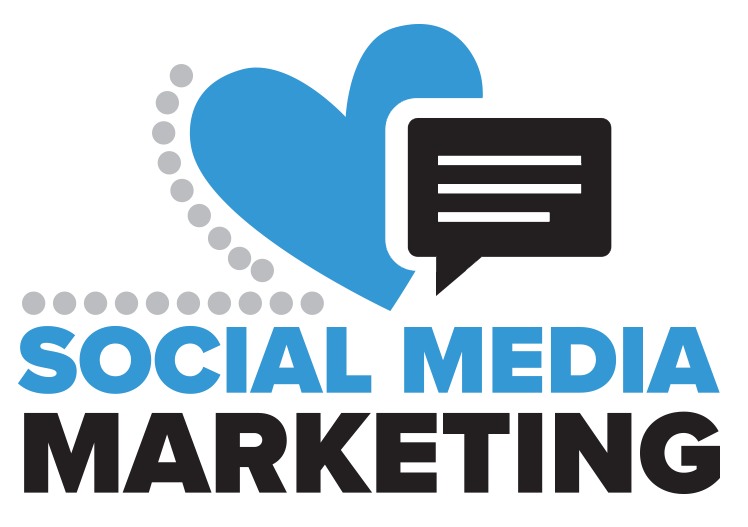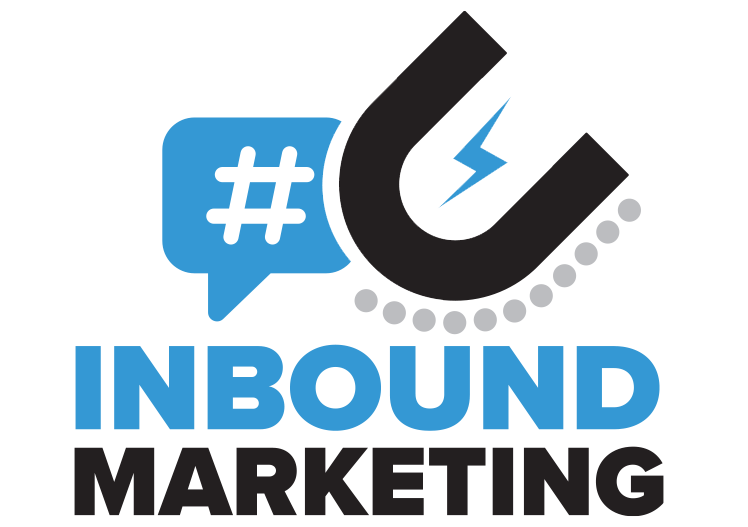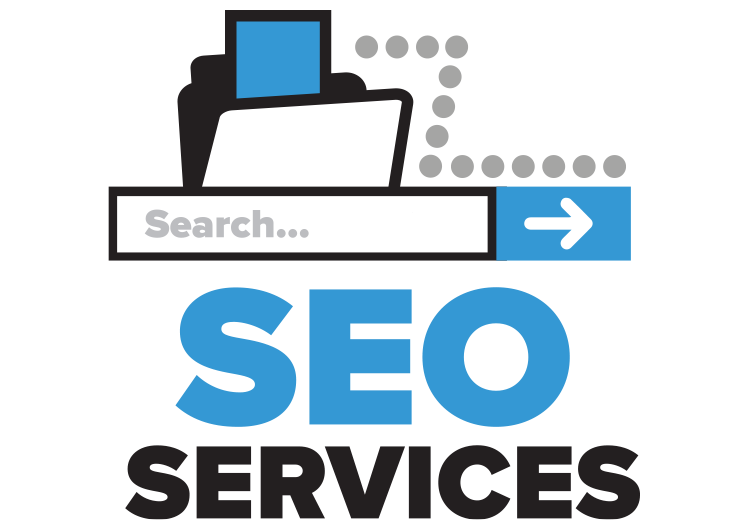![What is the Buyer’s Journey? [Why Does it Matter for Your Marketing?]](https://blog.greyphin.com/hubfs/greyphin-buyers-journey.png)
When implementing an inbound marketing strategy, it is important to consider the buyer's journey. This journey involves a series of steps or stages that prospective buyers go through before and during their interactions with potential businesses. By understanding this journey, and nurturing the leads you receive along each step, you can greatly assist buyers in making their purchase decision.
Furthermore, organizations will have much greater success in converting prospects into customers if they are aware of where buyers are in their journey, and what step they need to take to move it forward. The buyer's journey should be incorporated into every element of your marketing program if maximum results are desired.
At this point, we know what you’re thinking - that all sounds great, but what exactly is the buyer’s journey? That’s a great question. Let’s dig deeper.
Steps of the Buyer’s Journey
Navigating the buyer's journey can be complex and requires a deep understanding of customer needs. The buyer's journey is typically broken down into three distinct stages: awareness, consideration, and decision.
Awareness
The awareness stage of the buyer's journey is the first step in understanding a customer's needs and how to address them. It involves researching product categories and identifying current solutions, as well as exploring potential problems the customer may be experiencing.
During this stage, businesses identify what type of customers they want to target, build relationships with potential customers, determine the features or benefits of their product that will best meet their customers’ needs, and create initial messaging that captures each audience's attention. This allows companies to focus their efforts on finding prospects who are more likely to convert into sales.
Ultimately, the goal of the awareness stage is for businesses to better connect with and understand their customers so they can effectively pitch their product or service.
Consideration
The consideration stage of the buyer's journey is an integral part in any sales cycle. At this stage, potential customers have identified a need and they are now researching what solutions will work best for them. Here they compare different products or services to arrive at a decision. It is important at this stage to provide useful content that helps educate these prospects about the advantages and features of your offering and how it can solve the challenge they are facing.
Enabling customers to make informed decisions is essential for successful engagement, as well as providing helpful tools like calculators or product demos to demonstrate how your product or service works for their specific situation. With effective communication, brands can move customers further through their journey and closer to taking action with your business.
Decision
The decision stage of the buyer's journey is the final step in a consumer’s process when they determine whether they will go ahead with making a purchase. Typically identified between the consideration and purchasing stages, this crucial step marks the turning point in determining whether converting a consumer into a customer is successful. During this stage, consumers often weigh all available options to settle on the best solution that meets their needs and budget.
It can be helpful for businesses to engage with users through personalized content, such as surveys and feedback requests, at this time–allowing them to capture data to assist with their decision-making process while improving their overall customer experience.
Using the Buyer’s Journey as Part of Your Strategy
Implementing the buyer’s journey into your marketing strategy is an excellent way to understand, engage, and retain customers. This process looks at customer loyalty beyond just conversion rates and considers the entire lifecycle of every buyer. You can use qualitative and quantitative research to build out different buyer personas with individualized journeys and goals.
Start out by identifying a customer’s needs and create content that speaks directly to those needs, such as webinars, email campaigns, case studies, eBooks, or advertising campaigns. These should be tailored for each step in the buyer's journey: awareness, consideration, evaluation and decision-making stages.
It’s also important to track key metrics such as impressions and clicks throughout each stage of the customer's journey – knowing what resonates most with customers will help you refine your marketing efforts over time resulting in higher engagement rates down the line.
Need help with your marketing strategy? Or, maybe you just don’t have time to worry about it? Let the pros at Greyphin do all the hard work for you. Our inbound marketing services are designed with growing your business in mind. Contact us here to learn more!









